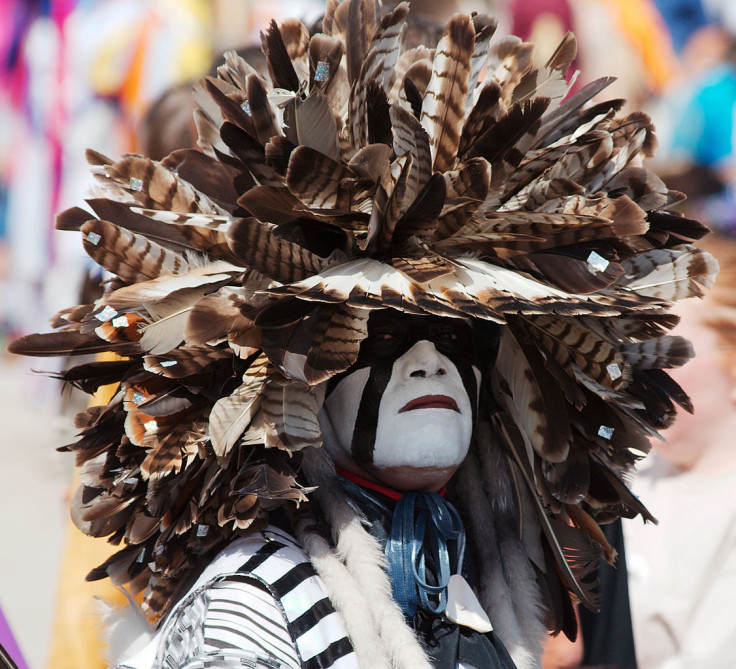How Native Americans Survived Last Ice Age Mystery Solved

The mystery of how Native Americans managed to survive the last Ice Age 25,000 years ago has finally been solved. they got through the extreme cold by battening in one place and feasting on woolly mammoths.
Researchers at Royal Holloway, University of London, and the Universities of Colorado and Utah believe they have worked out where Native Americans spent the 10,000 years before they settled in Alaska and North America.
Published in the journal Science, the scientists analysed fossils showing that ancestors of Native Americans lived in a region between Siberia and Alaska where there were enough woody plants to make fires to keep warm.
Prior to their findings, it was a mystery where Native Americans jumped the Ice Age gap and spent ten millenna before they arrived in the US.
Scott Elias, of Royal Holloway, said: "This work fills in a 10,000-year missing link in the story of the peopling of the New World."
"Once burning, large leg bones of ice-age mammals would have burned for hours, keeping people alive through Arctic winter nights."
Researcher Scott Elias
The study shows how ancestors of Native Americans lived on the Bering Land Bridge, which now lies beneath the waters of the Bering and Chukchi Seas. The central part of Beringia was covered in shrub tundra - the dominant vegetation in modern Arctic Alaska – with dwarf willow, birch shrubs, moss and lichens abundant.
They made their discovery after analysing insect and plant fossils found in sediment cores taken from the ancient land bridge surface, around 60 metres below the water's surface.
Elias said: "We believe that these ancestors survived on the shrub tundra of the Bering Land Bridge because this was the only region of the Arctic where any woody plants were growing. They needed the wood for fuel to make camp fires in this bitterly cold region of the world.
"They would have used dwarf shrub wood to get a small fire going, then placed large mammal bones on top of the fire, to ignite the fats inside the bones. Once burning, large leg bones of ice-age mammals would have burned for hours, keeping people alive through Arctic winter nights."
© Copyright IBTimes 2024. All rights reserved.























